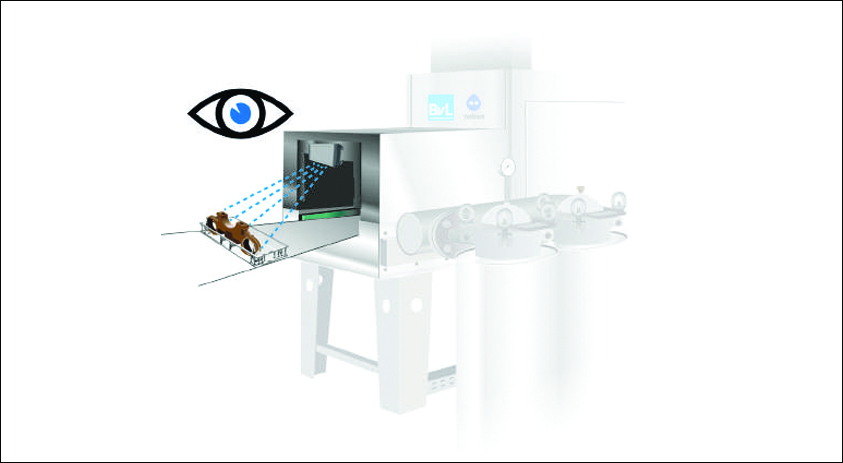Robotics meet Additive Manufacturing
May 12, 2017 12:35 pm
“Roboy” research project replicates the human musculoskeletal system to advance robotics
High-end additive manufacturing solutions leader, EOS has announced its support of the Swiss society Devanthro and the Roboy project at the Technical University of Munich.
The primary objective of the Roboy project is to advance humanoid robotics to the capability of human bodies. The vision is to iteratively improve Roboy models until the performance is comparable to humans in dexterity, robustness and flexibility.
Roboy Junior, the first prototype, has muscles and tendons rather than motors in the joints. It has been developed under substantial usage of AM. The complete skeletal body structure of Roboy, which encases his bones and muscles, has been built with EOS systems for Plastic Additive Manufacturing. The use of Industrial 3D Printing has several key advantages; among them is the possibility of building complex functional geometries as well as sustaining a fast and iterative hardware development.
Values of Additive Manufacturing
Additive Manufacturing allows for highly complex structures which are also extremely light and stable. It provides a high degree of design freedom, optimisation and integration of functional features, and the manufacture of small batch sizes at economical unit costs. The Roboy development benefits from all these advantages: Building complex functional geometries without classical fabrication constraints allows the Roboy team to implement functionality directly into the geometrical parts. Consequently, build complexity is reduced, and many of the otherwise necessary assembly steps can be dispensed of. For example, Roboy’s hands and forearms are manufactured in one piece, including several joints and individual phalanxes for each finger.
Due to Roboy’s maximal mechatronic complexity on a minimal space, it is not possible to validate some project requirements in simulation. Therefore, the development team needs to be able to test the robot itself. AM is key to this because it allows the fast manufacturing of individual components and the modularisation and parameterisation of the robot’s construction, enabling an iterative hardware development.
Rafael Hostettler, Roboy project leader, comments: “In software development, rapid development cycles allow software improvement by testing it ‘in the wild’. Additive Manufacturing allows us to apply this approach to robotics, enabling a rapid development to find optimal functional parts in a fraction of the time.” He continues: “EOS’ AM technology is a key component for doing this as it enables the iterative hardware development that is crucial for our project.”
Humanoid robotics: A vision with social impact
In the future, with the increasing advances in Artificial Intelligence and robotics, robots will play a much more prominent role both in society and at work – to the point that especially dangerous and repetitive tasks can be completed by robots. In this context, building robots with similar morphology to the human body yields critical advantages over classical robotic approaches. First and foremost, the human musculoskeletal system is a proven solution that leads to dexterous, dynamic and robust robots. In addition, a human-like robot eases interaction between human and machine significantly, making it more intuitive and natural. Over centuries humans have adapted the environment to fit their needs, humanoid robots can therefore fit into this environment more easily – thus avoiding expensive adaptions. Furthermore, building robots that are compatible with the human anatomy can help to augment and repair human mobility, with the use of exoskeletons and prosthetics, for example.
Dr. Adrian Keppler, Chief Marketing Officer (CMO) at EOS, says, “While a larger number of companies focusses on AI development, only a very small number of projects worldwide develop humanoid robotics. Therefore, we are all the more proud to support the renowned Roboy project and see its meaning. As the strengths of Additive Manufacturing lie in those areas where conventional manufacturing reaches its limitations, EOS’ technology is the ideal solution for a research project as ambitious as Roboy. We are happy that the Roboy team is trusting in EOS to realise their vision.”
Cookie Consent
We use cookies to personalize your experience. By continuing to visit this website you agree to our Terms & Conditions, Privacy Policy and Cookie Policy.


















